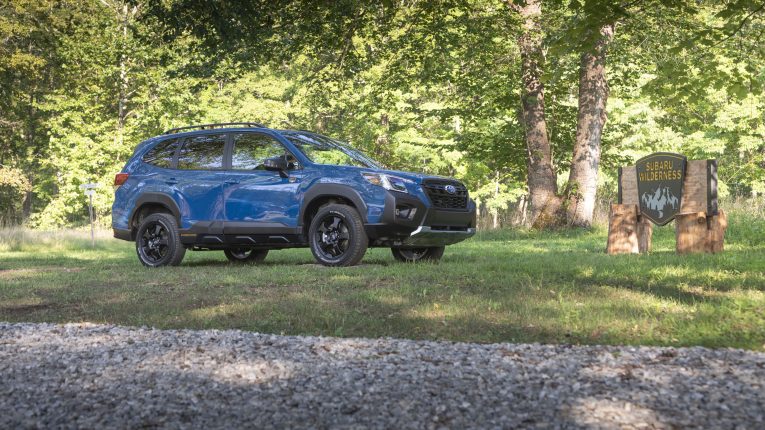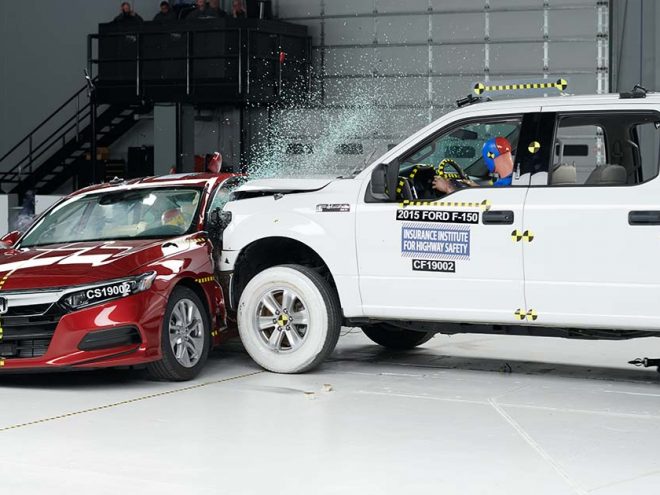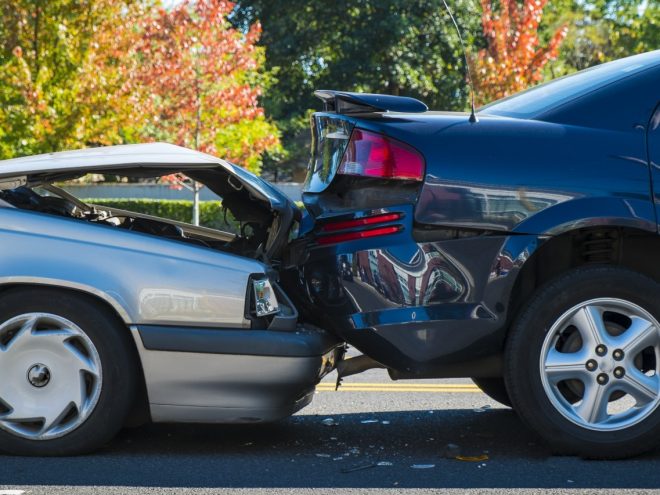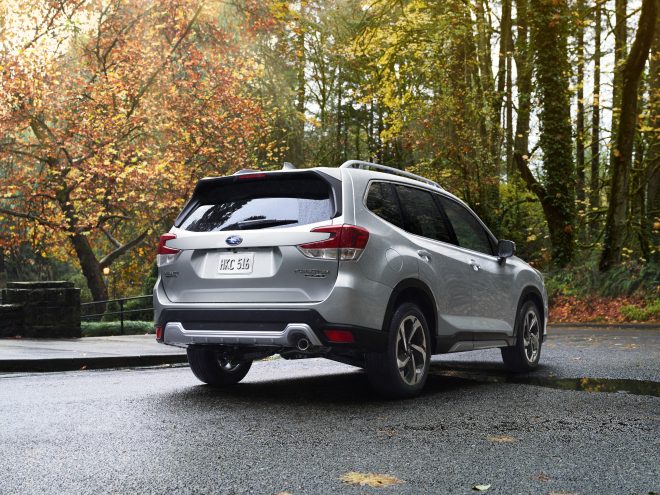
The Impact of Driverless Trucks on Accidents
If you talk about driverless cars, those in the know will immediately think of Tesla. But autonomous vehicle technology has been around for much longer. Indeed General Motors in 1939 released the first model. The innovation comprised electricity, radio-controlled magnetic fields, and magnetized metal spikes.
Yet, it wasn’t until 1958 that the innovation became a reality. There were improvements in the technology with the use of sensors. The sensors would detect current in wires embedded in the world.
But now, the race to launch the vehicles is at an all-time high. Many car manufacturers are developing autonomous vehicles. Some notable ones are Tesla, GM, Ford and Alphabet.
The same is happening in the trucking industry. Daimler is a German automotive company. It also has the distinction of being the biggest manufacturer of commercial vehicles. The company is optimistic that automated driving can reduce road accidents. Further, the technology has the potential to improve customer business.
This article aims to analyze and debug the issues that contribute to road accidents. Will self-driving big rigs be the cure to reducing truck accidents?
Trucking Accident Statistics
A cursory look at truck accident numbers reveals shocking results. While road accidents seem to be on a downward trend, truck accidents are on an upward trajectory. This may be due to many big rigs on the roads. At the same time, there are more vehicles, leading to congestion. Some notable statistics on truck accidents include:
- The US experiences over 4,000 casualties every single year due to truck accidents.
- The number of injuries each year is 130,000.
- 4% of trucks involved in collisions have hazardous or toxic cargo.
- Head-on collisions are the most common type of large truck accidents.
Many reasons contribute to trucking accidents. Among some of the most significant contributors are the drivers’ inattention, fatigue, driving under the influence and distracted driving top the list.
Now, what If we could replace drivers with automated rigs? Then we can say that self-driving future big rigs can go a long way in reducing road fatalities. But, is that the case?
What to Know About Driverless Trucks
Before we go into accident challenges with self-driving trucks, let us look at some noteworthy considerations.
- Higher Efficiency in the Supply Chain
Some factors impact supply chain efficiency. The dependence on human labor comes with some attendant disadvantages. A truck driver cannot, for example, work without taking a break. That means a slowing down in freight movement.
Driver fatigue due to long working hours is one of the major causes of truck accidents. Autonomous trucks do not have such challenges. It will be possible to have 24/7 all-round deliveries as the need arises.
- The Human Element Will Still Be Necessary
The human element will still be necessary due to last-mile transportation. The driverless trucks can deliver the products to warehouses or parking hubs.
But, getting the final products to customers will still need human drivers. The trucks do not have the ability to identify apartments or unload the items.
- Addressing Truck Driver Shortages with Autonomous Trucks
The concern for many people with autonomous trucks is the potential job losses. Yet, statistics report a severe shortage of truck drivers. A Statista report shows that since 2011, the deficit keeps rising. As of 2021, the industry had 80,500 vacancies for truck drivers. If the upward trend continues, the figure could double by 2030.
Driverless trucks will be the perfect solution to plug the deficit. True, there will be job losses, as is common with adopting any technology. But the benefits of autonomous rigs in the trucking industry will be clear for all to see.
- Small Business Challenges of Adopting the Autonomous Rigs Technology
Technology use results in massive savings. That is not in doubt at all. But, smaller companies may not realize the immediate saving of self-driving trucks. First, there is the money the entrepreneurs will need to invest in autonomous trucks. Larger companies have the advantage of financial might.
Initial investment costs will be a barrier to the adoption of such technologies. Indeed smaller companies have to look for ways to overcome such obstacles. Such solutions could involve investing as groups or sharing the available facilities. It will be interesting to see how the autonomous truck landscape unfolds for such businesses.
- Virtual Driving Challenges
One of the biggest selling points for autonomous trucks is the safety factor. By removing humans, the industry can reduce accidents related to truck drivers. But, a new challenge presents in the form of virtual drivers.
The industry must ensure sufficient training for them. Indeed, since they will be looking at the road from a remote screen, they should have an even higher skill level. The concern is whether the players will be ready or have the capacity to operate such trucks.
Challenges with Self-Driving Trucks That Can Cause Accidents
The trucking industry’s future may be on the right path with self-driving trucks. There will be huge savings by eliminating the need for human labor.
Autonomous commercial vehicles can operate 24 hours. They don’t suffer from fatigue, inattention or distracted driving issues. There will be higher efficiency and the ability to move freight faster.
But driverless semi-truck companies cannot ignore some critical factors such as:-
- Software Malfunction
AI-enabled software, raiders and sensors are developed exclusively for driverless trucks and controlled remotely. There is the inherent risk of software failure and hacks that can impact the truck’s ability to react in time.
- Programing Issues
The programing of the vehicles could be an issue. The trucking companies may, for example, prioritize speed to haul freight faster. It could impact the truck’s ability to react to sudden dangers on the road. Indeed, there would be no difference between such a vehicle and a careless driver.
The programming must also take into consideration the urban roads. There are tons of situations that can interfere with safe driving. Congestion, other road users and the road conditions have significant contributions to accidents. It goes back to our earlier point of proper training for the virtual drivers to allow them to react appropriately.
- Security Concerns
Control of the vehicles from remote locations happens due to internet connectivity. Cybercriminals can hack the systems and take control of the trucks. They may even cause accidents if the trucking companies do not meet their demands.
- Driver Error
The current self-driving vehicles must still have a human driver. His role is to take over in specific situations. That still brings back the driver-related contributing factors above. Take the example of the human driver falling asleep. If there is a need for him to take over in a split second, it will not happen.
In March 2018, a self-driven truck hit and killed a pedestrian in Arizona. The human driver was not paying attention due to a TV show she was watching on her phone.
- Maintenance and Loading Issues
Improper maintenance and loading of self-driving trucks can still lead to accidents.
- Truck Size
The size of the rigs make them difficult to maneuver. The manufacturers must find a way around this obstacle.
Currently, the adoption of the technology is still low. Overcoming the usual skepticism to new innovations could be a challenge. Job losses, politics, cost and a wait-and-see attitude may be other reasons. But, with such interest in autonomous vehicles, time is running out for naysayers. Soon, the trucks may very well be a standard road fixture.
Accident Liability with Autonomous Trucks
Truck accident victims can seek compensation with a wrongful death or personal injury lawsuit. The plaintiffs can go after the driver if the accident was due to his recklessness. The other option is to go after the trucking company.
Now here is where the legal aspect of autonomous trucks gets muddy. In case of a truck accident, who is liable? There are many parties involved. These are the backup driver, trucking company and software/hardware developers. The truck manufacturer is also a potential defendant.
The existing legal frameworks are still unclear about who to assign culpability. That means any lawsuits would be expensive, time-consuming and very difficult. If future self-driving rigs hit have a backup driver, it gets harder to establish liability.
The personal injury or truck accident lawyers must look at the technical aspects. These include design and vehicle operation. Pinpointing one factor as the accident cause will make resolving such cases tough.
A good legal team will have relevant knowledge of existing transport and accident laws. It allows them to mount a solid case for compensation after an accident with a self-driving car.
Final Thoughts
Self-driving cars may have seemed like a fantasy that resided in a dreamland. But, thanks to technological innovations, they are now on the road. The trucking industry will be major beneficiaries once the technology becomes the norm.
Imagine the ability to reduce truck accidents with automation. Also, think about the cost-saving and efficiency the companies will be able to achieve.
But, there are some kinks the developers still need to iron out to avoid accidents. Software malfunctions, for instance, are a genuine concern. The system’s inability to identify hazardous conditions and react in time is an issue. There is also a need for clarity on liability in road accidents.
But, even with the challenges, change is coming with autonomous trucks. It will be interesting to see how the self-driving truck field plays out.










[…] The Impact Of Driverless Trucks On Accidents – Intelligent Driver […]